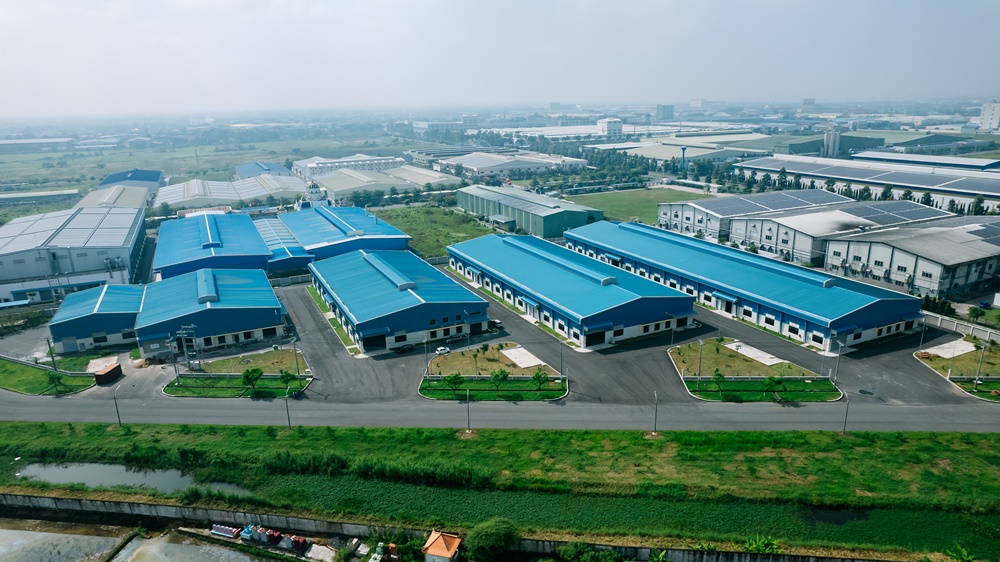The Cost of Renting Factory Spaces in Vietnam Compared to China and Thailand
When comparing the cost of renting factory spaces in Vietnam to other key manufacturing hubs like China and Thailand, there are several factors to consider, including location, infrastructure, labor costs, and government policies. However, in general, factory rental rates in Vietnam tend to be more competitive than in China and Thailand, making it a popular destination for businesses looking to reduce operational costs while maintaining a strong manufacturing base.
- Factory Rental Costs in Vietnam
- Average Rates: The cost of renting a factory in Vietnam typically ranges from $3 to $8 per square meter per month, depending on the location and the quality of the facility.
- Location Impact: Rent in industrial zones near major cities like Ho Chi Minh City and Hanoi is generally higher compared to more rural areas. In Binh Duong or Dong Nai, which are popular industrial areas close to Ho Chi Minh City, you might find lower rental rates, averaging closer to the lower end of the range.
- Additional Costs: Rent is just one part of the total cost. Additional expenses such as utilities, maintenance, and taxes can increase costs. In some industrial parks, these costs might be bundled with the rent, while others may charge separately.
- Factory Rental Costs in China
- Average Rates: Factory rental costs in China can vary significantly by region, with larger, more developed manufacturing hubs like Shanghai, Shenzhen, and Guangzhou having higher rates compared to inland areas. In places like the Pearl River Delta or Yangtze River Delta, factory rents range from $6 to $15 per square meter per month.
- Location and Market Dynamics: China has some of the highest industrial rental costs, especially in its most developed and industrialized regions. These areas also offer excellent infrastructure, labor availability, and access to international markets, which could justify the higher cost.
- Rent Variability: The price can also fluctuate based on whether you’re renting in a Special Economic Zone (SEZ), where certain incentives and tax benefits apply, or in a regular industrial area.
- Factory Rental Costs in Thailand
- Average Rates: Factory rental rates in Thailand range from $4 to $10 per square meter per month. The cost varies based on the area and the quality of the facility. For example, areas near Bangkok or Chonburi—which is a popular industrial hub—will typically have higher rates, while locations further from the capital may be more affordable.
- Industrial Zones: Thailand has established industrial zones, such as the Eastern Economic Corridor (EEC) and Amata City, where companies can rent ready-made facilities with good infrastructure. These zones offer competitive rental prices and incentives for businesses setting up operations.
- Cost Considerations: Utilities, taxes, and other operational costs tend to be reasonable in Thailand, making it a competitive option for factory rentals, though typically a bit higher than in Vietnam.
Cost Comparison Summary
| Country | Average Factory Rent (per m²/month) | Key Considerations |
| Vietnam | $3 – $8 | Lower rent, favorable industrial zones, government incentives, cheaper labor costs. |
| China | $6 – $15 | Higher rent in top manufacturing hubs, extensive infrastructure, larger labor pool, but high overhead. |
| Thailand | $4 – $10 | Competitive costs, good infrastructure, well-developed industrial zones, slightly higher than Vietnam. |
Other Cost Considerations
- Labor Costs: Vietnam has some of the lowest labor costs in Southeast Asia, which significantly reduces overall operational expenses. In contrast, China’s labor costs have been rising, particularly in coastal areas. Thailand’s labor costs are higher than Vietnam’s but still competitive when compared to China.
- Government Incentives: Vietnam offers various tax breaks and incentives for foreign businesses, especially in industrial parks and SEZs, which can lower the total cost of operations.
- Infrastructure and Logistics: Vietnam’s infrastructure has been rapidly improving, especially in industrial areas. While China has the most developed infrastructure overall, Vietnam’s proximity to major shipping lanes, such as the South China Sea, also gives it a competitive edge in logistics. Thailand offers reliable infrastructure but has fewer international ports compared to China or Vietnam.
Conclusion:
In 2025, Vietnam stands out as a more cost-effective destination for renting factory space compared to both China and Thailand, especially for businesses looking to minimize overhead. While China has top-tier infrastructure and a massive labor pool, it comes with higher rental rates, especially in major industrial regions. Thailand, while competitive, still generally carries slightly higher rental costs than Vietnam, but offers strong incentives and a well-developed industrial ecosystem. If your primary concern is cost, Vietnam offers a sweet spot for factory rentals with favorable terms and a low-cost operating environment.



